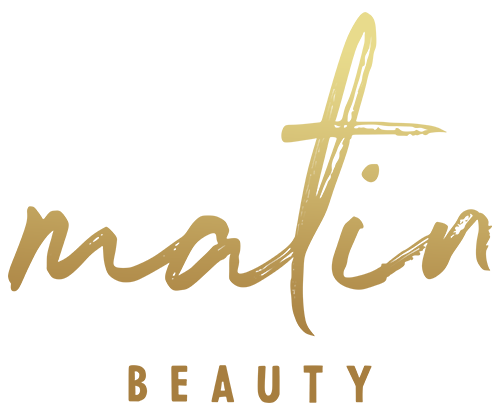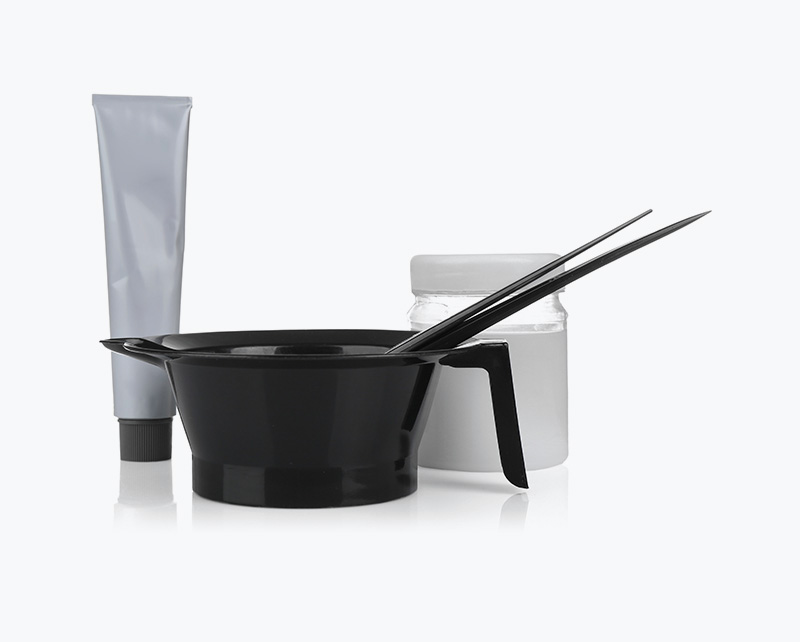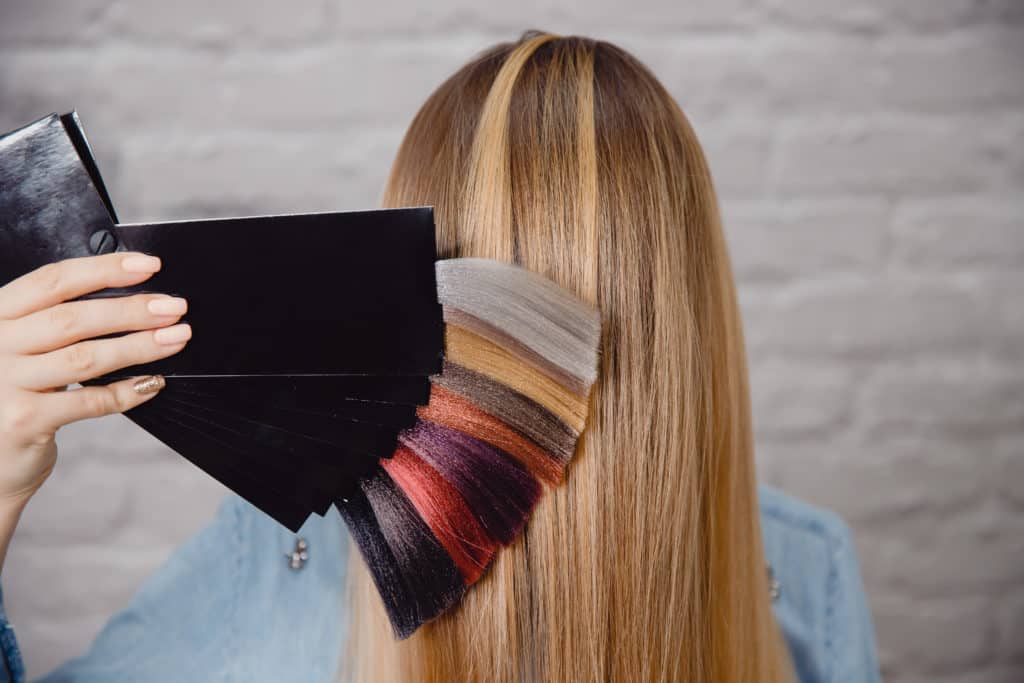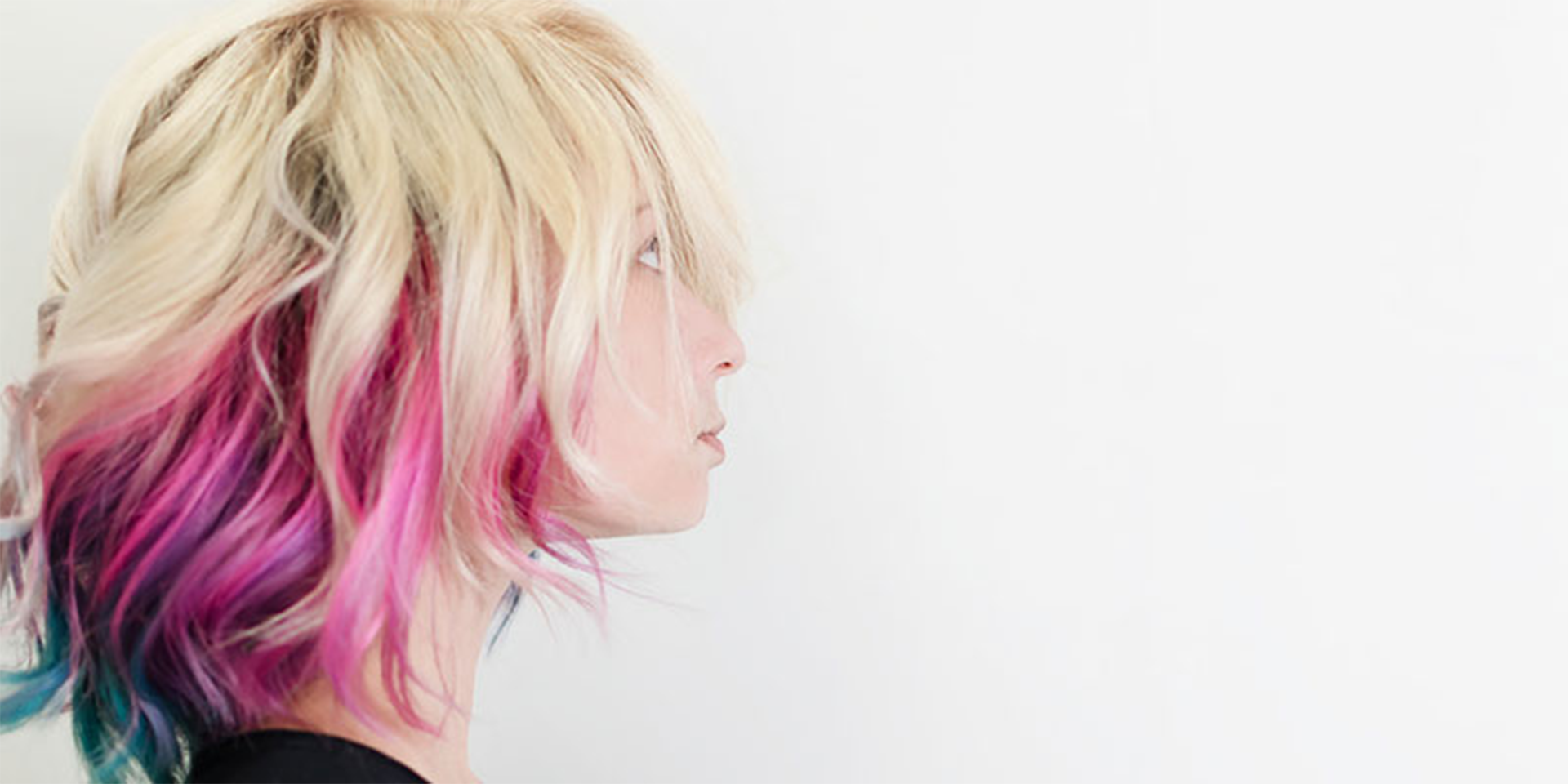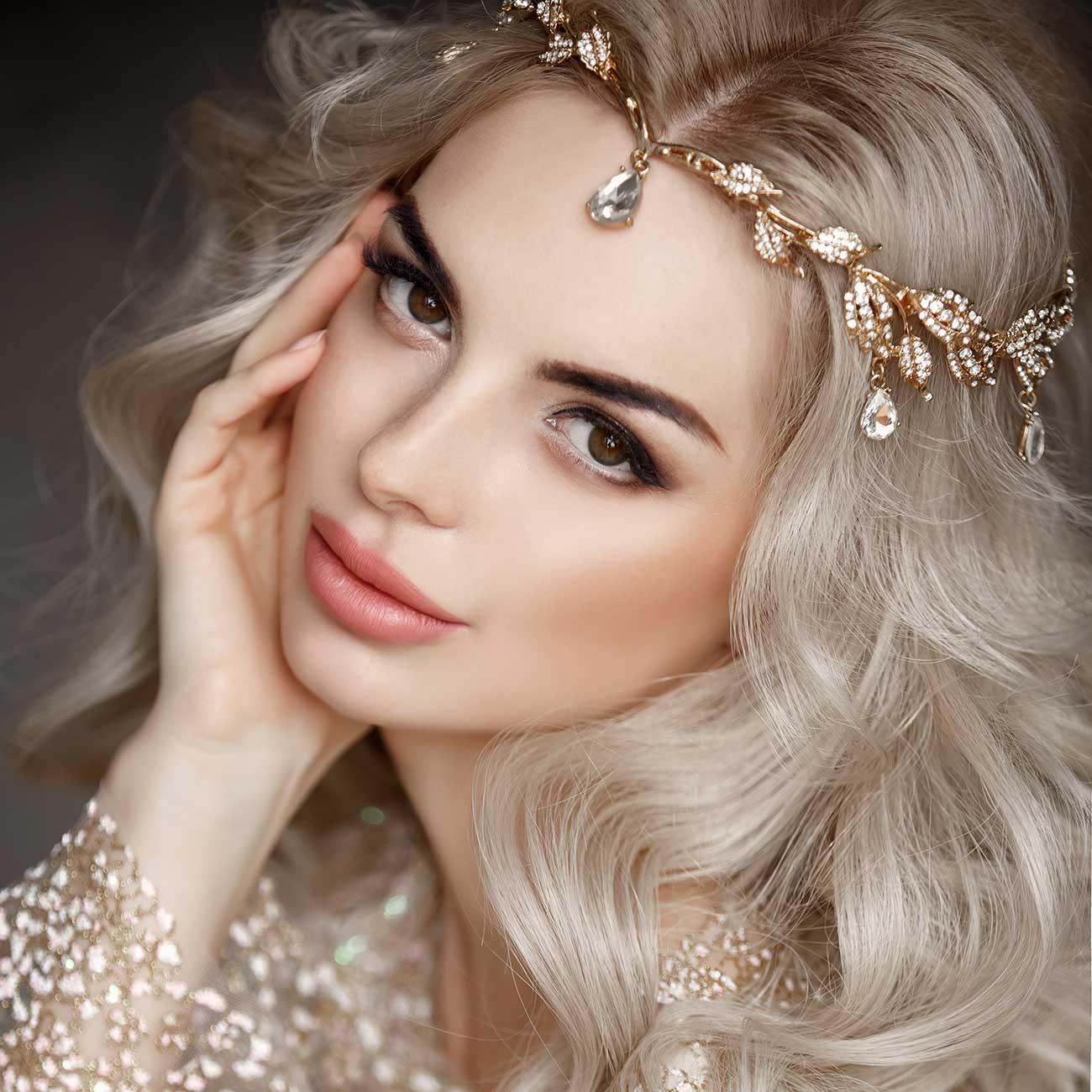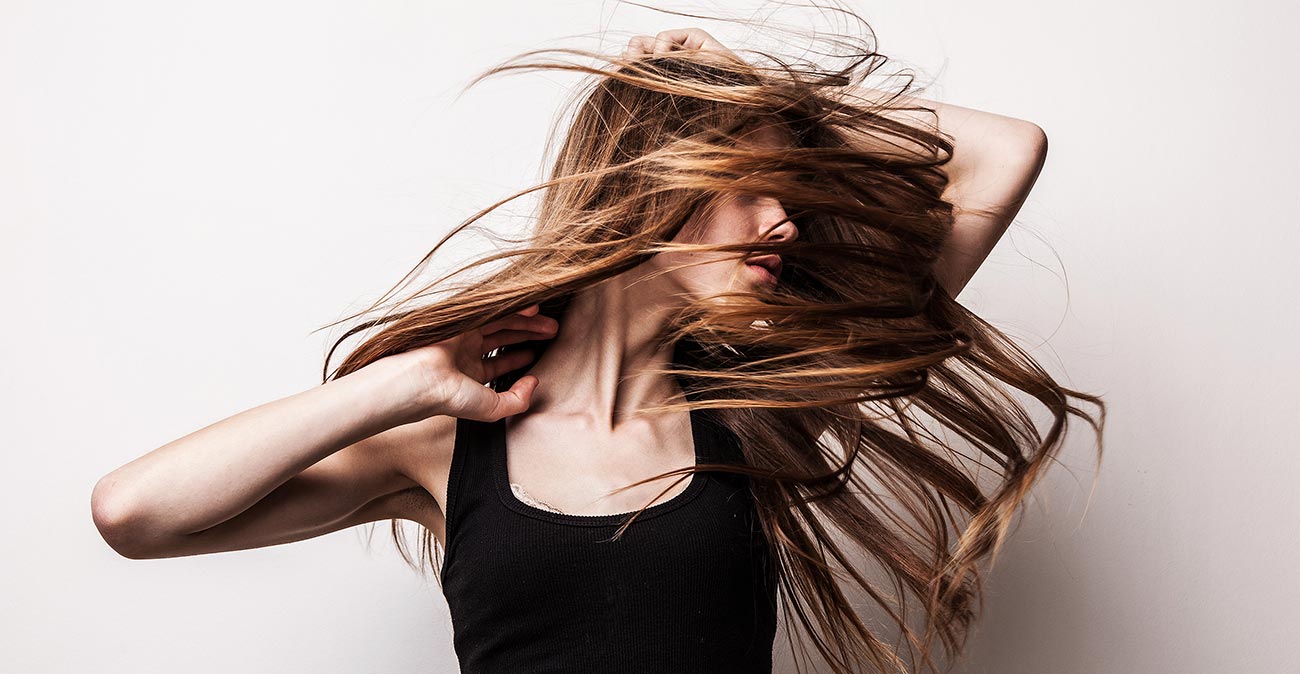
Highlight Styles to Take Your Hair to the Next Level
Highlights are one of the most popular hair color techniques today. Whether subtle or dramatic, highlights can give your hair a fresh, modern look with minimal commitment. The popularity of highlights continues to grow as new techniques provide even more options for customization and creativity.
The purpose of this article is to provide an overview of the most popular highlight styles. From delicate baby lights to edgy chunky highlights, we’ll explore the different techniques stylists use to add lightness and dimension to your hair. Understanding the range of highlight options available can help you determine which style is best suited for your hair goals and personality. With the right highlights, you can give your hair a simple refresh or make a bold statement.
This guide covers 9 highlight techniques, from subtle to dramatic. Read on to discover inspiration for your next hair transformation!
Baby lights
Baby lights are a subtle highlighting technique that involves painting fine strands of hair around the crown and hairline. The stylist paints tiny “baby” strands to create a soft, natural-looking highlight effect.
The Pros
- Baby lights create subtle dimension and movement without over-lightening.
- The fine highlights blend seamlessly with your natural hair color for a soft, sun-kissed effect.
- Baby lights work well on almost all hair colors, from dark brunette to lighter blonde shades.
- It’s a great technique for anyone looking to subtly lighten their hair or add depth and dimension.
The Cons
- The subtle effect of baby lights means it’s not dramatic enough for those wanting a major hair transformation.
- To maintain the look, frequent touch-ups are needed as the highlights grow out.
- The precision application makes it one of the more time-consuming highlighting techniques.
Best For
Baby lights work best on fine to medium textured hair. The fine strands of hair painted are easiest to achieve on hair that is straight. Coarse, curly, or thick hair can make it hard for the baby lights to blend smoothly.
Balayage Highlights
Balayage is a freehand highlighting technique that creates soft, natural-looking dimension in the hair. Unlike traditional highlighting methods, balayage involves hand-painting the highlights onto the hair using a brush and avoids using foils. This gives a softer, sun-kissed effect rather than defined stripes of color.
The colorist hand paints the lightener starting from the mid-lengths of the hair down towards the ends. This leaves the roots darker, creating a seamless and natural-looking transition between the highlights and base color. The highlights are blended softly into the base for a sun kissed finish.
The Pros
- Gives hair a soft, natural dimensional effect
- No regrowth lines as highlights grow out
- Subtle and customizable – can vary intensity of highlights
- Low maintenance between appointments as roots remain natural
- Minimal scalp irritation compared to foiling
- Works great for subtle ombre/blonde looks
The Cons
- Requires an experienced stylist
- More time consuming than traditional foiling
- Can be more expensive than standard highlighting
- Roots look more grown out/darker than foil highlights
- Not ideal for dramatic, defined streaks of color
Overall balayage creates soft, seamless highlights perfect for a summery, beachy look. The technique flatters all hair types and requires less upkeep than traditional highlights.
Partial Highlights
Partial highlights are a great way to gently lighten sections of your hair while still maintaining dimension. As the name suggests, only portions of the hair are lightened with this technique.
Partial highlights typically focus on the front sections of hair, including face-framing pieces around the hairline and scattered highlights throughout the top layers. This leaves the underneath layers and back sections darker for contrast. The result is a natural, sun-kissed look.
The Pros
- More subtle and low-maintenance than full highlights. Just a few lighter pieces can brighten your look.
- Helps add dimension, movement, and shape to hairstyles. Lighter pieces around the face can softly frame and flatter.
- Allows you to slightly lighten your hair while avoiding a dramatic change. Great for slowly transitioning to lighter hair.
- Lower cost than full highlights since less hair needs to be colored.
The Cons
- Requires more frequent touch-ups than full highlights. The regrowth will be more noticeable.
- Can sometimes appear stripy if the highlights are too chunky or misplaced. Blending is key.
- Doesn’t provide as much of an all-over brightening effect compared to full highlights.
- Grow-out line may be visible as highlights grow away from the roots down the hair shaft.
Overall, partial highlights are a versatile option for subtly enhancing your hair’s dimension and shape while creating soft, natural-looking lightness. Strategic placement of lighter pieces can help flatter and frame the face. When blended well, partial highlights create depth and movement without an obvious or jarring grow-out line.
Full Highlights
Full highlights involve applying bleach or lightener all over your head to drastically lighten your base color. They provide the most dramatic transformation compared to other highlighting techniques.
The Pros
- Provides the lightest result out of all highlighting techniques. You can achieve platinum blonde or other very light shades.
- Gives an all-over brightening effect. Your hair will look significantly lighter overall.
- Allows you to completely change your hair color. Go from brunette to blonde or dark blonde to platinum.
- Covers grey hair well. The full coverage helps disguise greys throughout the head.
The Cons
- More damage to hair. Bleaching all your hair requires applying chemicals to every strand, which can be damaging.
- Root grow-out. Your roots will be obvious as your natural color grows in. This means more frequent touch-ups.
- Higher cost. Lightening all your hair uses more product and time from your colorist.
- Brassy tones. Achieving pale platinum shades often results in brassiness that requires toning.
Best for:
- Virgin hair or hair that has already been lightened. It’s easier to go lighter on hair that has no artificial color.
- Coarse, thick hair textures. Thick hair can better withstand the bleaching process. Fine hair is more prone to damage from full highlights.
- Longer hair lengths. Shoulder length or longer hair helps blend root growth better.
- A desire for an all-over transformation. Full highlights completely change your hair color for maximum impact.
Ombre Highlights
Ombre highlights are characterized by a gradual fade from dark hair at the roots to lighter hair at the ends. This soft, blended look provides a sun-kissed effect that looks natural.
Ombre starts out darker at the top of the head near the roots and transitions softly and subtly to lighter ends. The color change is very gradual and flows seamlessly from roots to tips. This helps give dimension, depth, and movement to hair.
The Pros
- The blended, faded effect looks natural and beautiful, avoiding obvious roots or harsh lines.
- It allows you to subtly lighten your hair without taking away your natural base color. The darker roots help anchor the look.
- Ombre elongates the face and hair, creating the illusion of longer locks.
- It’s lower maintenance than traditional highlights since your roots grow in naturally and don’t need frequent touch-ups.
- The soft fade suits a wide range of hair lengths and face shapes.
- Ombre works great for first timers wanting to experiment with highlights as the grow-out is very forgiving.
The Cons
- It can take time, expertise, and multiple sessions to achieve the perfect fade from dark to light.
- If not maintained properly, ombre can grow out awkwardly or fade unevenly. Periodic toner treatments help keep the color balanced.
- Over time the highlights may need to be refreshed to avoid brassiness or yellow tones.
- It’s trickier for those with very short hair to achieve a natural, seamless ombre look. More length helps blend the tones.
When done correctly by a skilled colorist, ombre highlights can give hair a gorgeous sun kissed radiance and natural-looking dimension from roots to ends. The softly blended effect flatters all skin tones.
Sombre Highlights
Sombre highlights are a variation of ombre highlights that create a more subtle, natural-looking gradient effect on the hair. Unlike ombre highlights which “pop” and provide high contrast between light and dark shades, sombre highlights feature a closer blend of tones from roots to ends.
The main differences between sombre and ombre highlights include:
Definition: Sombre highlights feature soft, blended, close-toned shades while ombre provides a starker contrast with darker roots and lighter ends.
Contrast Level: Sombre creates a subtle, low-contrast look from roots to ends while ombre has a high-contrast effect.
Transition: The transition between colors with sombre highlights is seamless and graduated while the transition with ombre can be more drastic.
The Pros
- More natural, subtle look that flatters most complexions and hair colors.
- Lower maintenance than ombre since the root grow-out blends well.
- Works for shoulder-length or shorter hair. The longer the hair, the more it can look like traditional ombre.
- Easy to maintain with gloss treatments versus full foils.
The Cons
- Requires very precise coloring skills to get the right blend.
- Doesn’t make as much of a statement or have as much drama as ombre.
- Can look unnatural if tones are taken too light at the ends.
- Requires more frequent gloss treatments versus full foils to maintain.
Overall, sombre highlights are best for those wanting a natural yet modern highlighted effect. The subtle look flatters most hair colors and complexions. When done correctly, sombre highlights give dimension and depth without a jarring grow-out line.
Face-Framing Highlights
Face-framing highlights, as the name suggests, are highlights applied only around the face to frame the features. This technique highlights the hair around your face and leaves the rest of your hair its natural color.
Face-framing highlights typically start at the temples, highlighting some front sections of hair and a few layers around the face. The highlights usually extend to right below the cheekbones or jawline area to properly “frame” the face. Unlike traditional highlights, face-framing highlights don’t highlight the entire head.
The Pros:
- Draws attention and brightens up your facial features.
- Less maintenance than full highlights. Only the face-framing sections need regular touch-ups.
- Creates dimension and the illusion of a more sculpted facial structure.
- Less drastic of a change compared to full highlights.
The Cons:
- Can look disconnected from the rest of your hair since only the front sections are highlighted.
- Quickly growing out roots will be very noticeable.
- Requires more frequent touch-ups to keep the framed sections looking fresh.
Best For
Face-framing highlights tend to be most flattering for these face shapes:
- Oval face – The highlights beautifully frame the oval shape.
- Long or oblong face – Adds width to balance out a longer face.
- Heart shaped face – Highlights around the chin and jawline can minimize a pointy chin.
- Round face – Highlights can create the illusion of length to elongate a rounder face.
The key is selecting sections around areas you want to accentuate and draw attention to. Avoid highlighting areas you want to minimize. Face-framing highlights are a great way to strategically highlight your favorite features!
Chunky Highlights
Chunky highlights, also known as thick highlights, are distinguished from traditional highlights and balayage by the width of the sections of hair that are lightened. As the name suggests, chunky highlights feature thicker chunks or strips of lightened hair, rather than thin wispy highlighted pieces.
The Pros
- Adds lots of dimension and contrast to your hair. The thick sections of light and dark create visual interest.
- Low maintenance. Because chunky highlights have a high-impact look with less contrast between tones, your roots grow out more seamlessly requiring fewer touch ups.
- Fun and edgy style. Chunky highlights have a bold, eye-catching effect that stands out. It’s a great option if you want to make a statement and show off your fun side.
- Can lighten thick or coarse hair. If you have very dense, coarse hair, thin highlight foils can sometimes struggle to penetrate and lighten the sections. Chunky highlights allow better saturation of the lightener.
- Works well with curly or wavy hair. The thicker highlighted pieces blend beautifully into natural texture and waves.
The Cons
- Can appear stripy if not blended properly. It takes skill to create chunky highlights that look soft and natural. In inexperienced hands, they can look overly stripey.
- Roots grow out more noticeably. Because the highlights are in bigger sections, you’ll likely notice regrowth sooner.
- Doesn’t provide as much subtlety as fine highlights. If you prefer a soft, delicate highlight effect, chunky highlights may look overly bold in contrast.
- Requires commitment. Going from chunky highlights back to all-over or subtle highlights requires growing them out over several months.
- Higher maintenance for some hair colors. On darker shades like black or brunette hair, regrowth will show through more quickly and be harder to blend in between appointments.
Call Matin Beauty Salon today and request a professional hair CARING in Thornhill.
Deciding on a new set of highlights can feel like a daunting choice with all the options available today. But ultimately the right style comes down to your hair color and texture, the look you want to achieve, and the amount of maintenance required.
Baby lights create a soft, blended effect for brunettes. Balayage is great for a sun kissed natural look with minimal upkeep. Partial highlights brighten your face and require some touch-ups. Full highlights completely change your base color for maximum impact. Ombre starts darker at the top for a bold transition, while sombre is a more subtle graduated look. Face-framing highlights accentuate your features. Chunky highlights provide a bold striped effect.
When considering a highlight transformation, think about how much lighter you want to go and how much regrowth you’re comfortable with between appointments. Thinner hair often looks best with fine highlight placement, while thick hair can handle bolder looks. Discuss options with your colorist to pick the right technique and placement to complement your cut and enhance your natural beauty. With the right highlights, you can add depth, dimension and shine for a fresh new you!
Give it a try at Matin Beauty and see what everyone’s fussing about.
